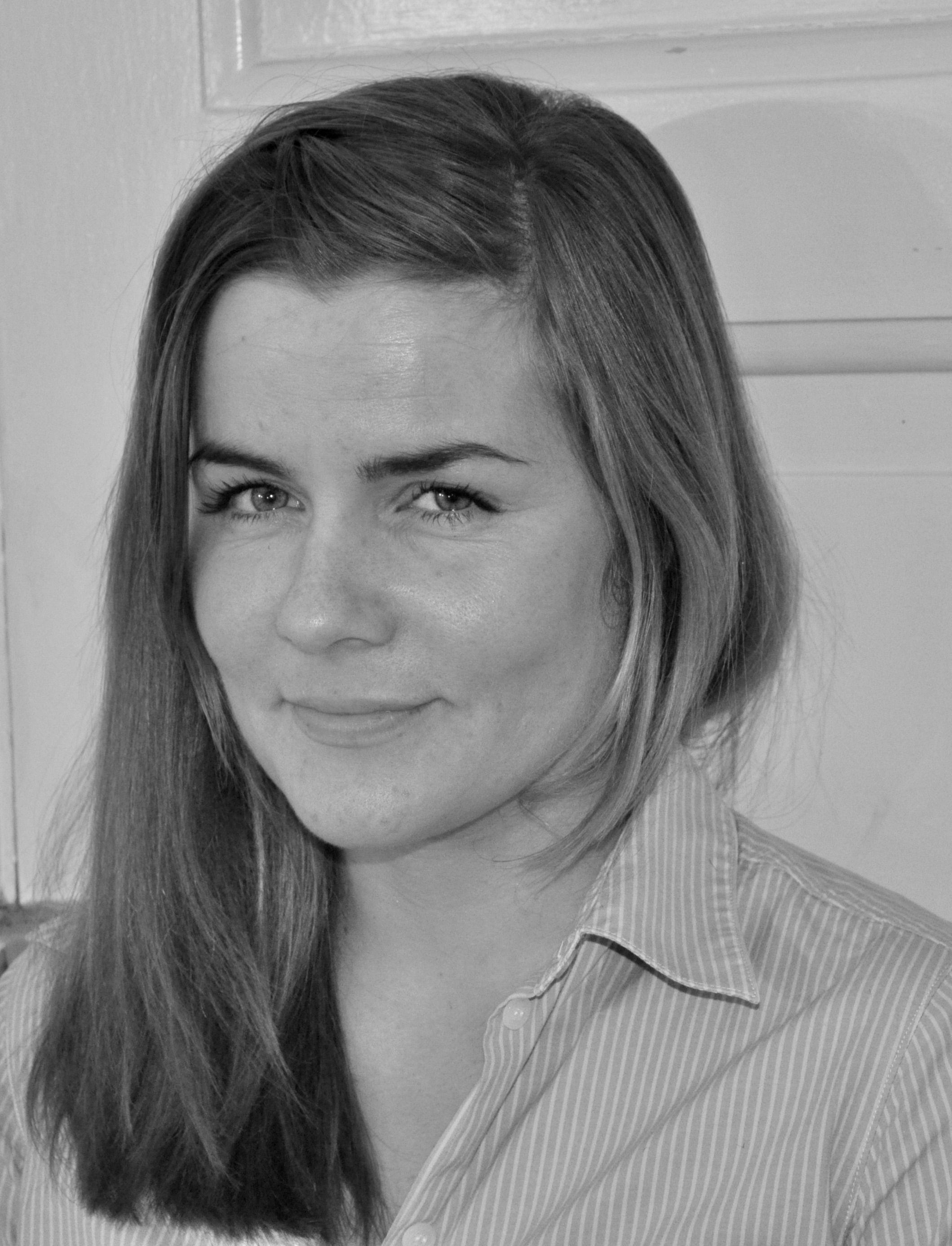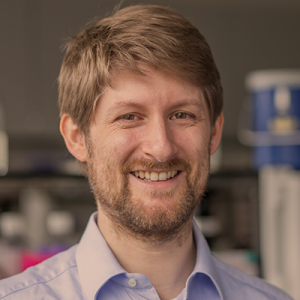Plenary speakers
Katrine Schjoldager is a co-PI at the DNRF Copenhagen Center for Glycomics where she lead the GlycoCell projects on O-glycans in peptide hormone biology, lipid metabolism, LDLR function and protein stability. Living cells from all domains of life are covered with sugar-based structures and glycans are involved in numerous biological processes. Glycosylation is an abundant and important post-translational modification, where complex glycans are added to proteins thereby dramatically increasing the structural diversity, changing the physiochemical properties of the final proteins and ultimately creates novel proteoforms, but our insight into the specific function and regulation of glycans on individual proteins is vastly unexplored. The tremendous structural diversity of glycans attached to proteins poses analytical challenges that limit the research of specific functions of protein glycosylation. Now major advances in proteomics and gene editing are opening global ways to explore protein glycosylation through analysing and targeting enzymes involved in glycosylation processes. Here I will outline some of our efforts combining gene engineering and sensitive glycoproteomics for dissection and discovery of glycosylation sites and biological functions of protein glycosylation.
Bernd Bodenmiller is a quantitative biologist who develops novel experimental and computational approaches for the quantitative analysis of tumor ecosystems to improve our understanding of the mechanisms of tumor development for the benefit of patients. He is the founding director of the Department of Quantitative Biomedicine (DQBM) at the University of Zurich, which fosters research and education at the interface of biomedical research, biotechnology, and computational biology to guide development of next-generation precision medicine. Prof. Bodenmiller obtained his PhD in the group of Ruedi Aebersold at ETH Zürich. For his postdoctoral training, he joined the laboratory of Garry P. Nolan at Stanford University. In 2012, he became a group leader and in 2013 an SNF/ERC assistant professor at the University of Zürich. In 2019, he was tenured and became the founding director of the DQBM. In October 2020 Prof. Bodenmiller has been appointed as Dual Professor for Quantitative Biomedicine at the UZH and at ETH Zurich. His group pioneered the development of imaging mass cytometry, an approach that enables simultaneously imaging of over 40 proteins and transcripts in tumor tissues (Nat. Methods, 2014; Cell Systems, 2017; Nature 2020) and the histoCAT software toolbox (Nat. Methods, 2017). His groups applies these methods to unravel how cells in the tumor ecosystem drive cancer development to identify mechanisms that might be exploited for therapeutic targeting (Nat. Biotechnology, 2017, Cell, 2017; Cell, 2019).
Industry speakers
 |
Nicolas Autret - Covaris Industry talk: Why a growing number of laboratories use AFA-energetics ® for Proteomics |
High-throughput, robust, reliable and easy workflows are always desired – more so in the domain of clinical proteomics, which requires analysis of complex large molecules in complicated matrices. The workflows are expected to deliver an optimal set of parameters for processing samples from a variety of sources – cells to fresh frozen tissues to blood and Formalin fixed paraffin embedded (FFPE) tissues. FFPE tissues is gaining widespread popularity across many laboratories as they provide a robust matrix preserving tissue architecture. However, while processing samples embedded in the FFPE tissue, efficient removal of paraffin is an essential step that ensures high quality LC-MS data during the end-detection phase. Typically Xylol is used for extraction from the paraffin block, however, despite its efficacy, Xylol presents some severe health risks, and repeated steps of xylol removal compromises assay robustness and reproducibility. Several recent publications have demonstrated the power of Covaris’ Adaptive Focused Acoustics® AFA® technology for robust handling of FFPE without using xylol. The extraction of sample is achieved through an optimal combination of a single pot solid phase enhanced sample preparation (SP3) on a liquid handling robot, allowing for automated processing of tissue lysates in a 96-well format. The data presented will showcase optimal integrations of AFA technology for automated, end-to-end sample preparation and LC-MS analysis of up to 96 intact tissue samples simultaneously. Downscaled workflows already exist for processing of smaller inputs (laser capture microdissection or LCM) including in 384-well formats.
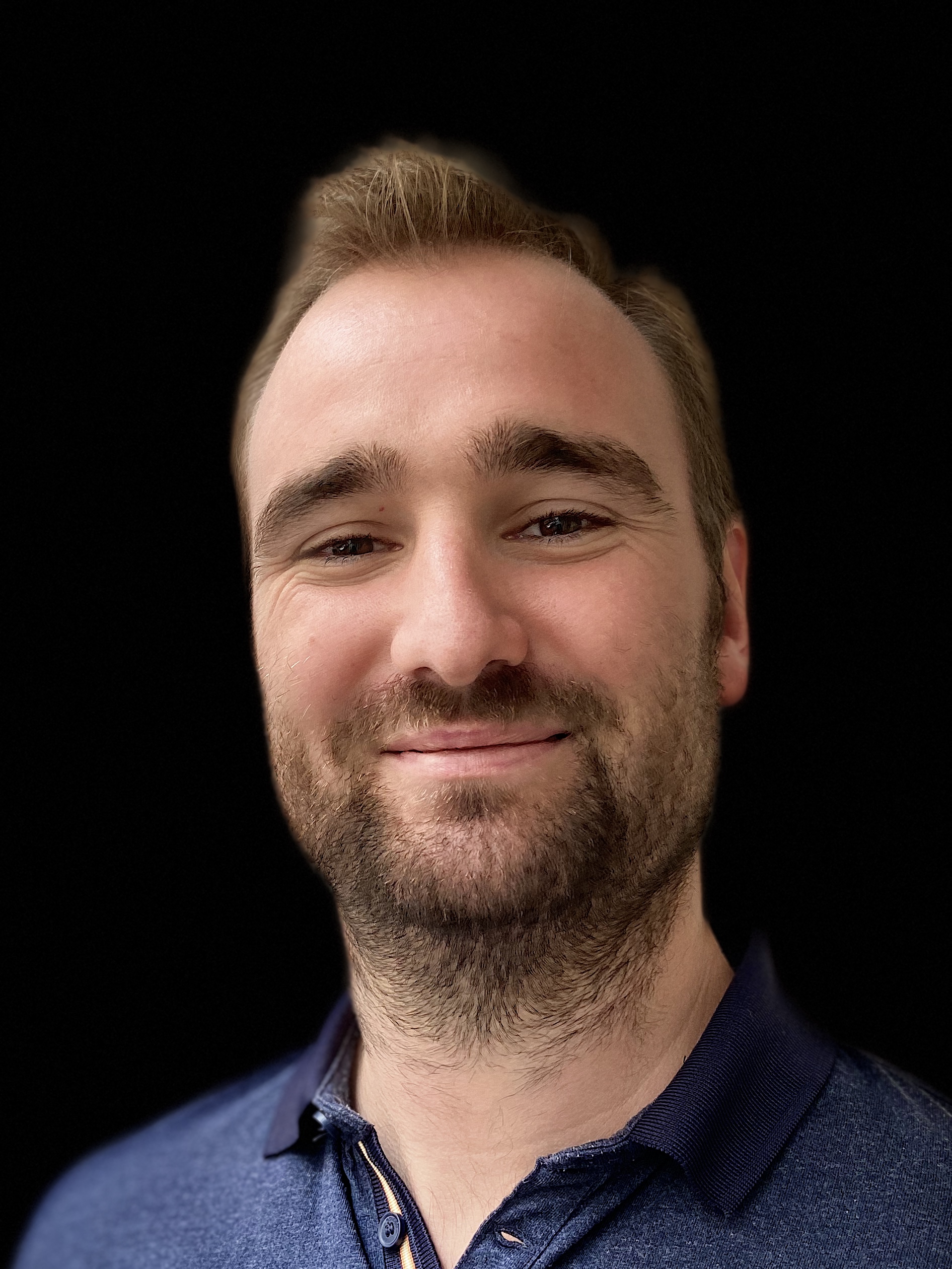 |
Quentin Enjalbert - PreOmics Industry talk: New School tissue Homogenization pre released by PreOmics exclusively to the LS2 community |
Efficient Tissue and cell sample preparation is the foundation for effective outcomes from LC/MS protein analysis and yet until now this process has been complex and time consuming. Physical disruption is typically used to homogenize rigid tissue structures and make proteins accessible for further processing steps, these conventional methods have significant challenges such as cross-contamination, heat induction and low throughput. Simply the size and space needed within the laboratory for these instruments is inefficient. Here we present a tissue lysis workflow on an innovative small bench top platform that enables efficient protein extraction of 1- 96 samples in parallel in just 10 minutes.
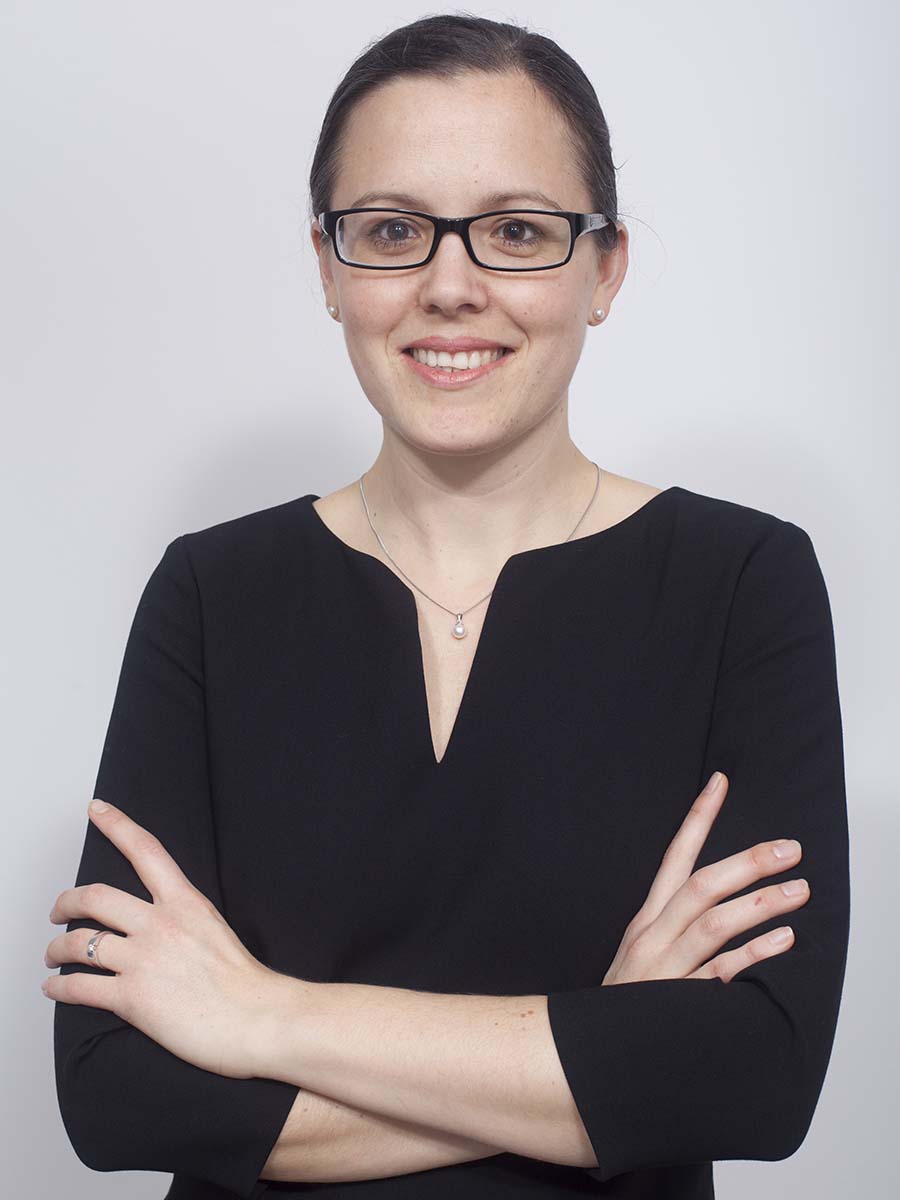 |
Scarlet Koch - Bruker Industry talk: Addressing the challenges of future proteomic trends |
After more than 20 years of constant innovations and improvements, proteomics approaches have reached a level of maturity which makes them a natural contributor to the latest biological and medial approaches. Among those, personalized medicine and companion diagnostic related research as well as single cell based approaches are not only among the most promising, but also among the most demanding : all require a capacity to deal with large samples cohorts, while delivering in-depth qualitative and quantitative results in a limited timeframe, hence requiring a combination of throughput, analytical performance, robustness and processing speed. And when dealing with small biopsies or single-cell based approaches, ultimate sensitivity becomes a complementary requirement. In this presentation we will highlight how Bruker’s proteomics solution are designed to address these challenges, using a combination of hardware allowing uncompromised throughput, selectivity, sensitivity and robustness, supported by last-generations software solutions allowing to handles these 4-D proteomics-datasets in real time to deliver a meaningful biological insight at a rate that matches these new approaches requests.
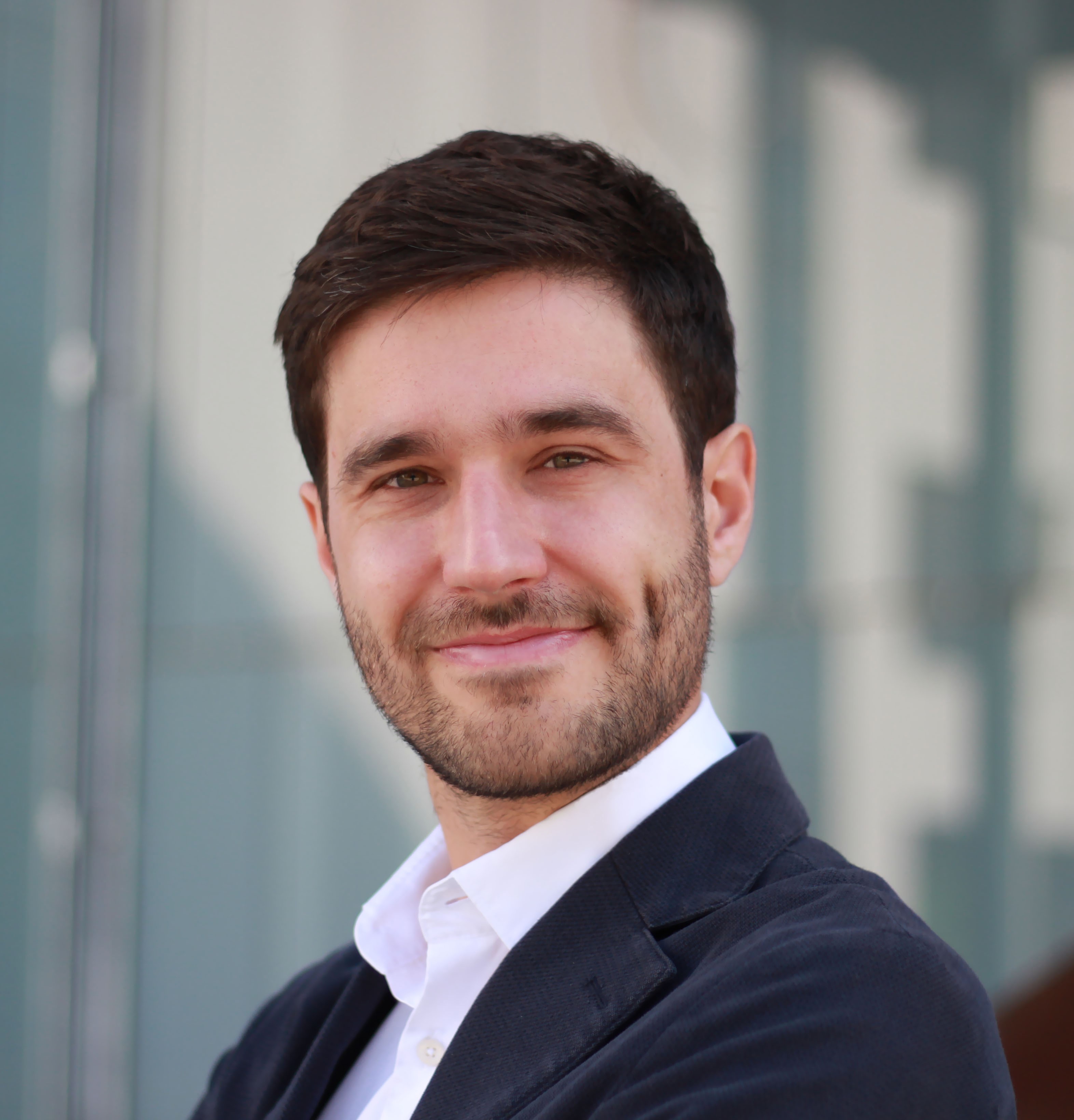 |
Christof Mitterer - Pharmafluidics Industry talk: Highly sensitive and reproducible analysis of low sample amounts using a novel non-porous Micro Pillar Array Column |
Over the last years, ultra-sensitive MS-based proteomics has seen remarkable advances, allowing scientists nowadays to reliably identify and quantify more than 1000 proteins from a single mammalian cell. Whereas significant technological advances were achieved throughout the proteomics workflow, including near loss-less sample preparation, accurate low-flow liquid chromatography and sensitive and accurate MS analysis, innovation in chromatographic separation still lags behind.
Here, we introduce a non-porous second-generation Micro Pillar Array column, which was specifically developed for ultra-high sensitivity separations using very low sample amounts. Using state-of-the-art micromachining techniques, a miniaturization of both pillar dimensions and pillar-to-pillar distances were achieved resulting in even enhanced separation power compared to first-generation µPAC™ columns. In a benchmarking experiment with 10 ng of HeLa cell digest, the µPAC™ GEN2 Limited Sample Column was compared to well-established packed-bed alternatives. Here, the µPAC™ was able to significantly deliver more ID’s (+27% on peptide level using a 2h gradient). Combined with the proven robustness of pillar-array based chromatography columns, the µPAC™ Limited Sample column is a powerful component of sophisticated low sample amount workflows.

